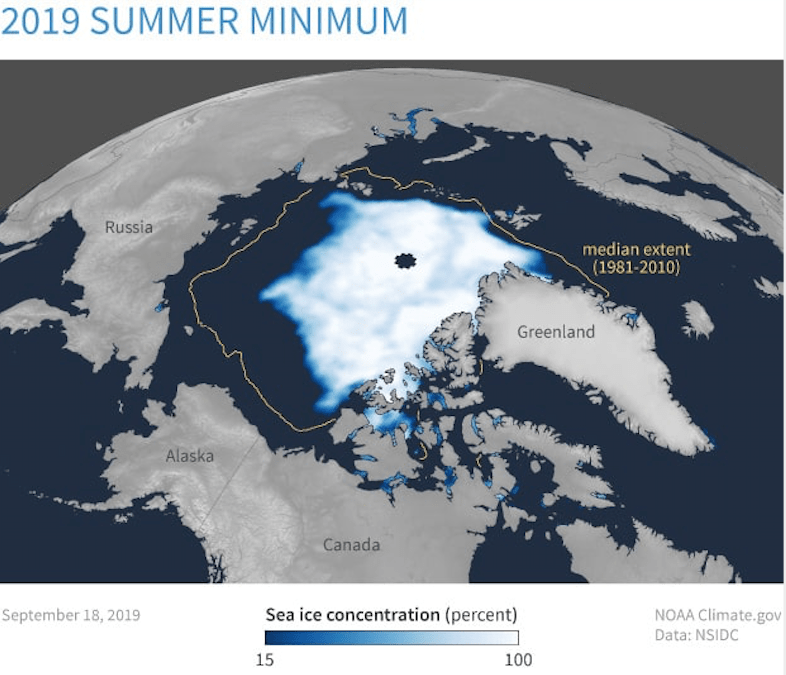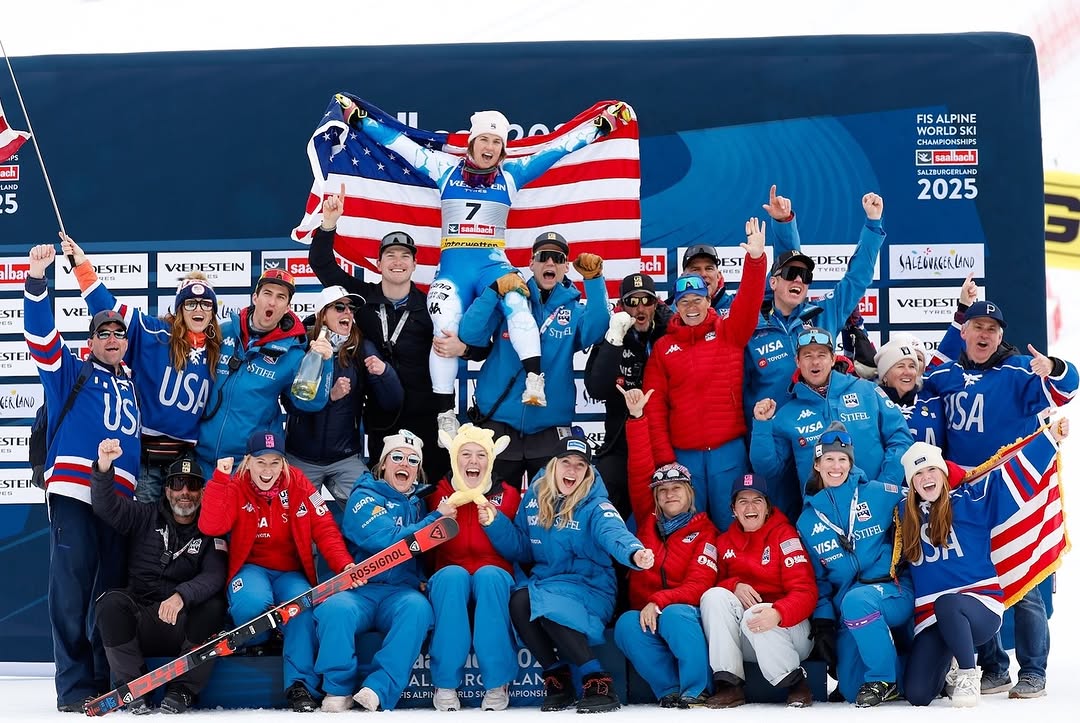
The U.S. Ski Team has set its sights on winning the Overall Nations Cup by 2035. Chip Knight, U.S. Ski and Snowboard’s (USSS) Alpine Development Director, tells SnowBrains, “We’d like to stand toe to toe with the best Nations in the world, and the Nations Cup is the best metric in terms of depth of excellence.”
The Performance Task Force White Paper: A Playbook for the U.S. Alpine Development System (Task Force) provides recommendations to meet this goal. The Task Force’s 32 members met monthly for a year. Six key focus areas were identified: Benchmarking, Deliverables, System, Costs, Education, and Collegiate; 10 recommendations were put forward for USSS Committees and stakeholders.
- USSS must lead with advance planning
- Expand sport-specific education, communication, and collaboration throughout the Alpine Development System
- Revise and promote the Alpine Training System
- Maximize local, accessible, and low-cost, on-snow time
- Design National, Regional, & Divisional organized and financially supported training and competition opportunities for high-performing athletes
- National emphasis on creating world-class training and racing venues
- Adopt a “Winning at Every Level” advancement system
- Establish a National U18 National Junior Racing Series
- Integrate NCAA Racing Within the Alpine Development System
- Revitalize NorAms as the pinnacle of alpine ski racing in North America
Background: The Health of Sport Task Force
In 2019, the Health of Sport Task Force looked at costs and other concerns for developing racers. Tommy Biesemeyer, a former Ski Team and Task Force member, told SnowBrains, “It was important to communicate costs transparently so parents understand what they’re getting themselves into; the better you get, the more expensive the sport becomes.” Depending on a racer’s age and ability, costs range from $1,000 to $93,000 per year when factoring in club fees, season pass, equipment, preparation, and competition travel. There was no single solution for controlling costs according to the group.
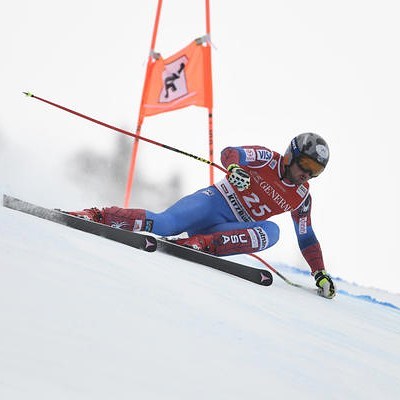
Data-Based Decision Making
The U.S. has 1,390 athletes in its system, second only to Italy which has approximately 1,700. This seems counterintuitive and Knight explains, “Anyone in the U.S. who wants to race can race. We have athletes competing at different levels that might not be relevant in a European country. In Austria, only 40 athletes a year can get a FIS license.”
Bode Miller, Lindsey Vonn, Ted Ligety, and Mikaela Shiffrin have led the American charge for overall World Cup and Discipline Globes, winning 10 Overall World and 25 Discipline Cup Titles. Despite their individual athletic dominance, the U.S. as a country has never placed higher than second for the Overall Nations Cup. The U.S. has won the Women’s Nations Slalom Cup twice (2023 and 2024)—thanks in large parts to Mikaela Shiffrin’s dominant performance—but it isn’t possible to win the Overall Nations Cup without multiple racers finishing with FIS points in all events throughout the season. Building a team with the depth Knight envisions requires developing more racers with World Cup rankings in the Top 100 and even the Top 30. This is an area where the U.S. Team trails other countries’ alpine prowess.
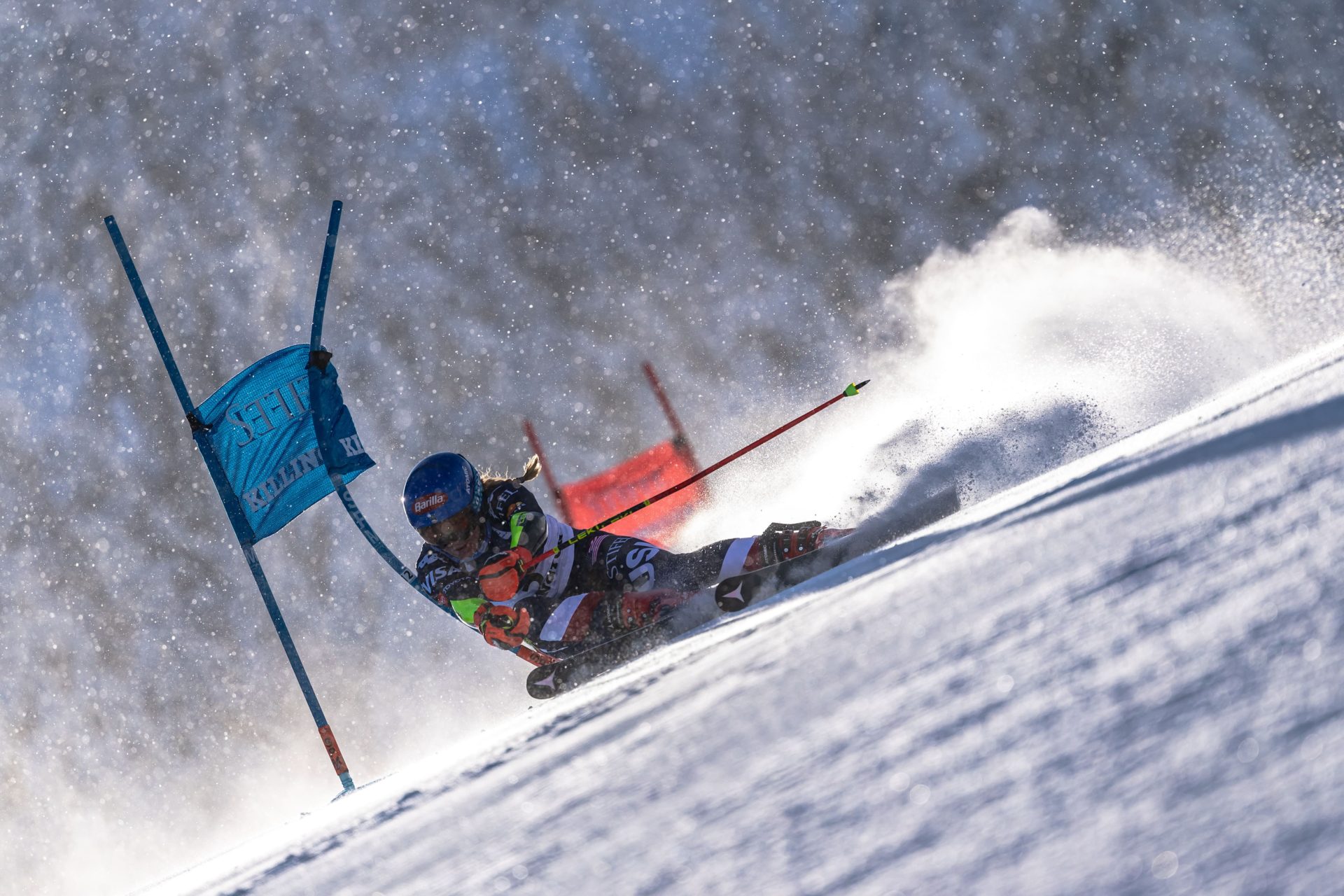
Analyzing data to provide context and establish performance benchmarks for the Task Force was done by Gus Kaeding, USSS Director of Data. “Gus did volunteer work with the World Cup Dreams Foundation, analyzing data which served as a catalyst to form the Task Force,” says Biesemeyer. “Alpine has always been an interesting challenge because there’s so much disagreement around development and one of the things lacking was data,” adds Kaeding. His work analyzed a 20-year time period, which provided a rich data set for drawing inferences and setting benchmarks.
Top 10 finishes at the World Junior Championships (WJC) are a strong predictor of future World Cup success—81% of male and 94% of female World Cup podium finishers achieved this early milestone. Eligibility for the WJC is limited to athletes aged 16 to 20, so the WJC is a powerful early predictor. To account for year-to-year variability, Director of Data Kaeding analyzed WJC performance using a five-year rolling average. He found that Austria and Switzerland each average 7–9 athletes per year with top 10 results, Norway averages 5–6, and the U.S. averages 4–5.
Kaeding concludes that, “The U.S. Team needs to develop five unique athletes with top five WJC results and/or 10 unique athletes with top 10 WJC results per year to challenge for the cup by 2035.” Benchmarks have been set to monitor athlete progression. “Throughout the years I’ve helped with different criteria that are more evidence-based,” Kaeding says, “so if there are numbers around results or rankings, there is a reason for each of them.”
Task Force Goals
- Double the number of U21 athletes with <300 World Cup ranking to 60 by 2028
- Win the Hodler Trophy (WJC) with a minimum of five distinct podium athletes by 2030
- Double the number of U23 athletes with <100 World Cup ranking to 20 by 2030
- Win the Nations Cup with a minimum of 12 distinct podium athletes by 2035
- Develop American Coaches to create a pipeline that populates key athletic leadership roles throughout the system by 2030
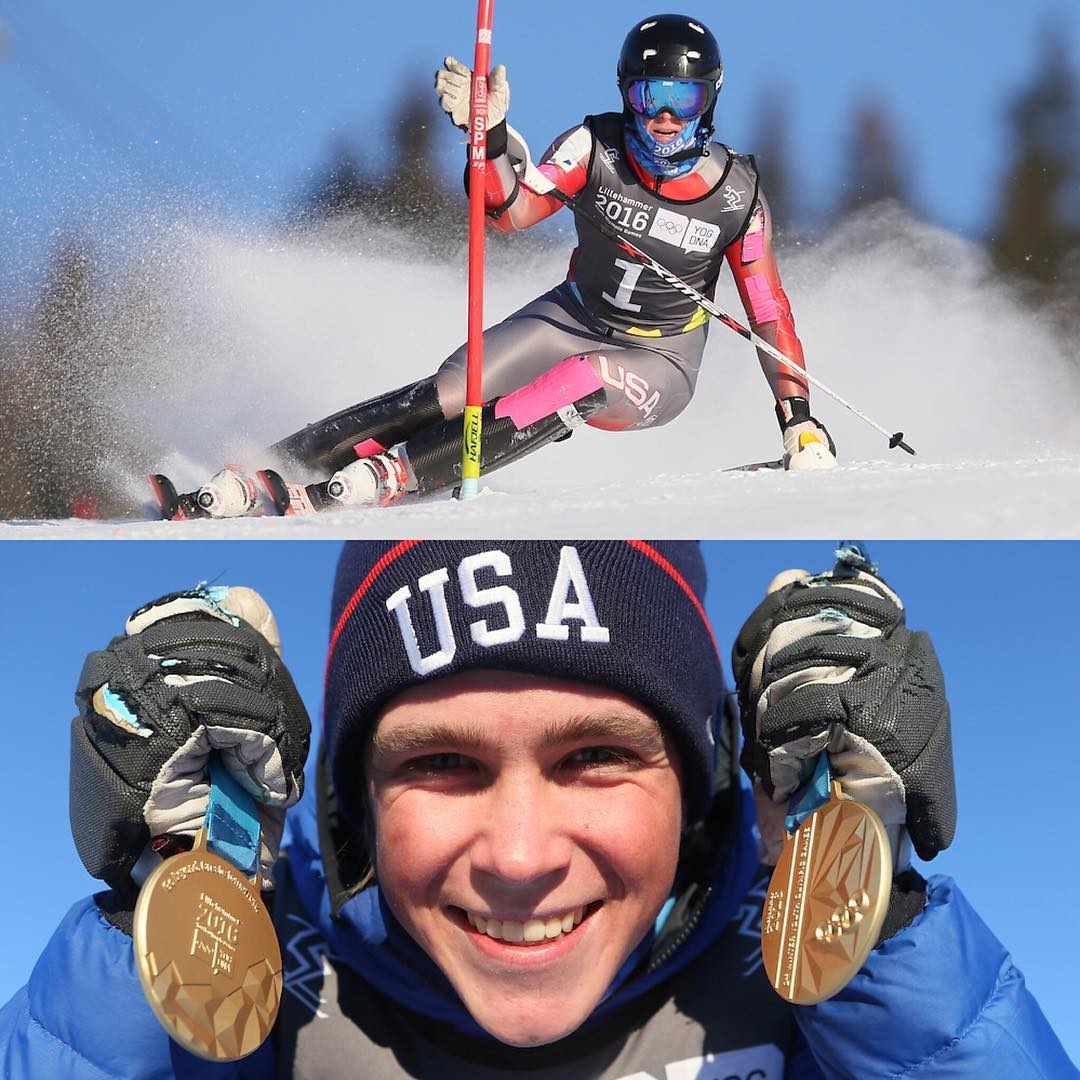
Youth Development
The Alpine Training System (ATS) details the competencies needed at specific ages to become an elite-level racer. Jessie Hunt, Sport Director at Burke Mountain Academy, states, “The mastery of fundamentals and the ages at which they should be worked on and achieved is something to examine.” Updating ski volume expectations, the mastery of relevant skills by age, and adding competencies that develop the whole athlete will be added. Hunt concludes, “There is a lot that we learned from the Norwegians. They have a strong Junior Program, which has translated to high-level Olympic and World Cup results.”
The Health of Sport Task Force had previously recommended race limits in Slalom and Giant Slalom for U18 and U16 athletes which allows more time for younger racers to build fundamental technical skills. This recommendation influenced programs like Burke’s, where they have followed this guidance. Hunt elaborates, “It fits nicely when you have the technical event limitations because that leaves some opening to do speed element training and to do some speed races. We feel that helps develop a well-rounded racer.”
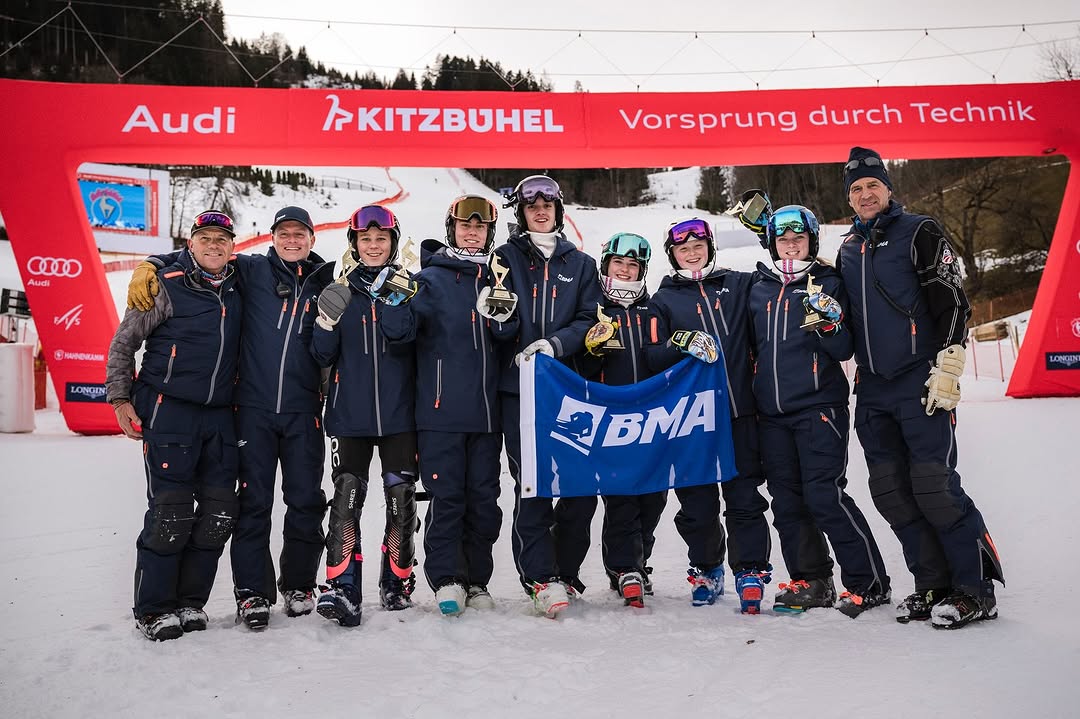
Coaching Development
Developing and keeping professional coaching staff for both the domestic and international circuits is an area of concern. “A coach has to be on the road at least 200 days a year, “It’s a demanding, physical, and emotional job,” according to Knight. He doesn’t shy away from the need to develop home-grown coaches: “Americans understand Americans; we operate in a more flexible culture than a lot of Europeans are used to.” USSS has designed a professional development program to orient coaches to the demands of coaching at the International level and Knight says, “We had two hires this spring out of the program from last year.”
At Burke, Hunt is committed to ensuring that coaches receive training and mentoring. “It’s important to have the opportunity for coaches to be challenged in terms of their teaching and that we’re continuing to develop them,” says Hunt. Keeping coaches is difficult. “It takes years to understand what you know and to become a better teacher. Each time you lose somebody who has gained that expertise, it’s tough on the system,” he adds. Program administrators crave stability, but they will need to plan for instability as it continues to be a job with a fair amount of turnover.
Rec 9 Collegiate Racing
In what might be the biggest change to date, the Task Force recommends incorporating NCAA racing as a recognized pathway to the team. “Historically, you couldn’t go to college and ski on the team,” says Knight, adding, “We’ve been fairly inflexible around their ability to attend our camps. We have written a college racing component into our selection criteria and NCAA Division I Championship results count, but they need to be in conjunction with NorAm performance.”
Stever Bartlett, Head Coach at Middlebury College, points to the value of earning a degree while preparing to qualify for World Cup racing. Many racers take a postgraduate year or two before enrolling in college because teams have limited slots. According to research done by Kaeding, the average age for an athlete who achieves a top 50 World Cup ranking is around 26 for men and 24 for women. “If you have your degree and your racing career doesn’t work out, or if you are injured, you don’t need to go back and try to figure out how to get an education at age 26 or older. It’s a piece of mind for these athletes that they’ve been to college, and that’s valuable,” says Bartlett.
With more Europeans coming to the U.S. to study, race, and then return to their National Federations, USSS had to pay closer attention to college racing. American and Canadian athletes have also successfully transitioned from the NCAA circuit to World Cup racing. “Skiers like Paula Moltzan, Patrick Kenny, Eric Arvidsson, Laurence St-Germain (Canada), and Ali Nullmeyer (Canada) have done four years of college and either raced World Cup during school, or after graduating, qualified for their teams,” says Bartlett.
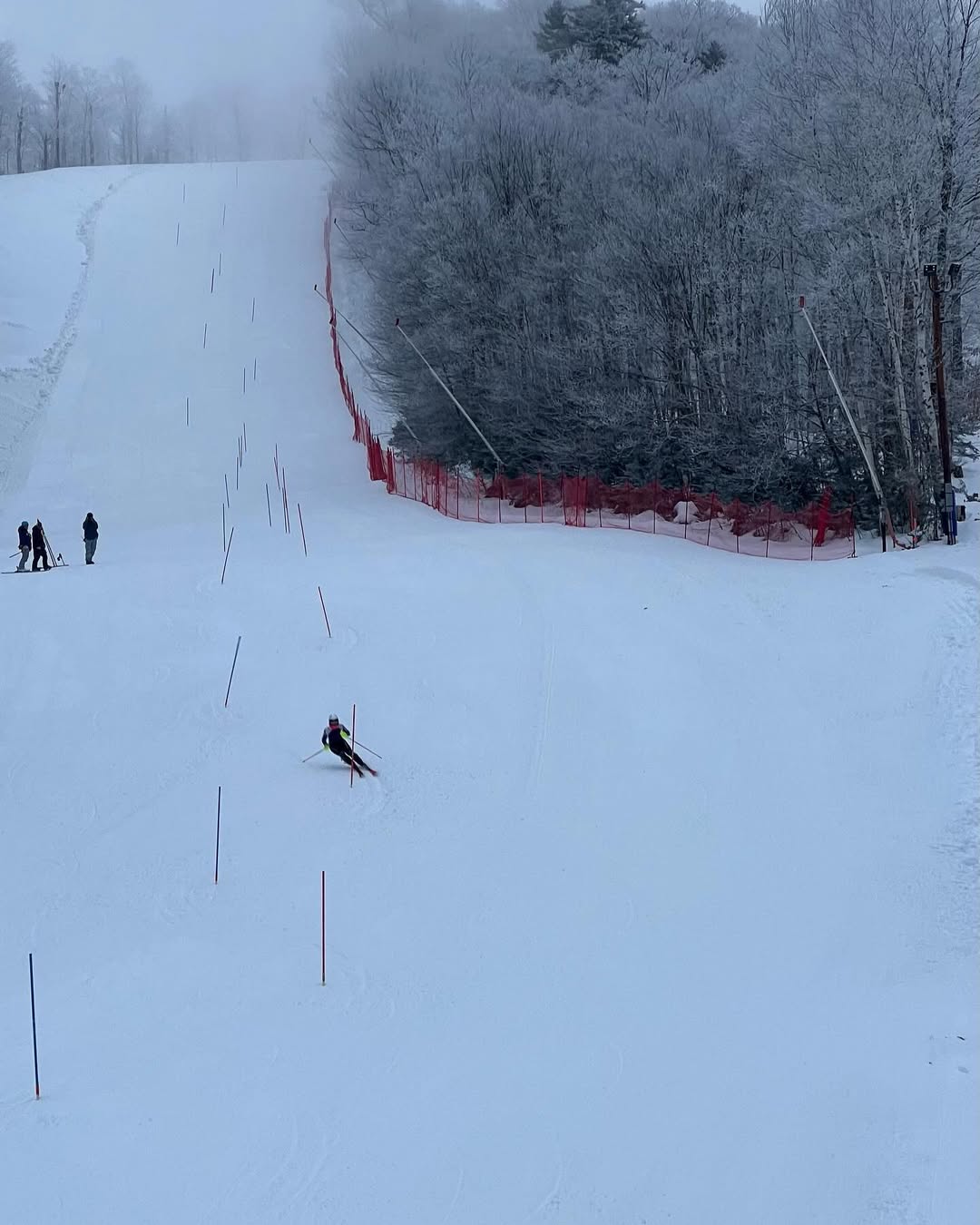
Race Scheduling
An area that will require better coordination is race scheduling. Knight recounts a situation when the FISU World University Games were held in Lake Placid and the Eastern Division 1 colleges had races scheduled during the event. Both Knight and Bartlett regret the lost opportunity for the athletes, but Bartlett points out how hard it can be to align schedules, especially because NCAA racing needs to coordinate with NorAm racing. While Middlebury and Dartmouth have their own race hills, other schools contract with mountains and this is done far in advance. Draft Schedules for next season’s major race circuits with conflict notifications were recently published for review. This should help lead to a better co-existence between the elite college race programs and the U.S. Team.

Head-to-Head Racing
The Task Force has endorsed a “Winning at Every Level Advancement System.” Head-to-head age and ability-based racing is the clearest measurement of performance. Knight says, “We’re trying to bring a structure back to regional and local racing where people are competing at appropriate levels and earning their opportunities to move up to more advanced racing.” Hunt agrees while pointing to the difficulty of how to best manage young racers: “The sport isn’t linear. There are situations where once a kid makes a breakthrough, they might jump two levels. That’s why it’s easy to get confused about how to manage an athlete.” Head-to-head competition is also supported at the collegiate level: Bartlett says, “We’re there every weekend. We see the talent and we know exactly how fast kids are.”
Focusing on ability level racing led the Task Force to revisit the U18 National Junior Race series. The existing U18 National Championships will be supplemented by technical and speed series in different regions, allowing for the best U18 racers to compete against each other. Knight says, “We are borrowing something the Italians do really well. We did this a few years ago, but it was too big.” The new National Series will have a smaller group of athletes. Knight continues, “If athletes perform well, then they’re the best at that level and are ready to move up; If they do not perform well, there’s no sense in moving them forward.”
National Emphasis on Creating World-Class Training and Racing Venues
Racing in Europe is generally done on water-injected race tracks which provide a consistent race surface for everyone. According to Knight, a former slalom racer, “Athletes need to know how to ski on multiple surfaces, but ice is a big one. You get instantaneous feedback about where your pressure is and whether your turn is clean or not.” But preparing race tracks is time and labor-intensive. Out West, the bigger clubs work hard to water the hill and prep the surface; they can get a hard surface, but “it’s not actually ice; it’s not the same as in the East or Europe,” according to Knight.
Tom Johnston, USSS Alpine Technical Advisor, leads surface preparation at U.S. World Cup and NorAm races. Working collaboratively with the venue, Johnston oversees the development of the surface for these events. USSS wants to have race staff around the country who can do the work that Johnston does; “it’s not as though we’re going to create ice at lower-level races, but if we have good people at the places that host our races, we’re going to get better and more consistent surfaces for athletes to show what they can do,” according to Knight.
Collegiate racing also pays close attention to hill preparation. When Peter Lang was the Head University Coach for the U.S. Ski Team (2016-2017), Scott Tanner was an assistant coach who worked with colleges. Bartlett remembers, “He would ride in the snowcat to make sure the trail was prepped as close to a World Cup surface as possible; he helped Middlebury prepare our hill and he taught our groomer some really cool things too.” This type of investment in staff and hill preparation is essential for preparing American racers for what they will encounter racing at the highest levels.
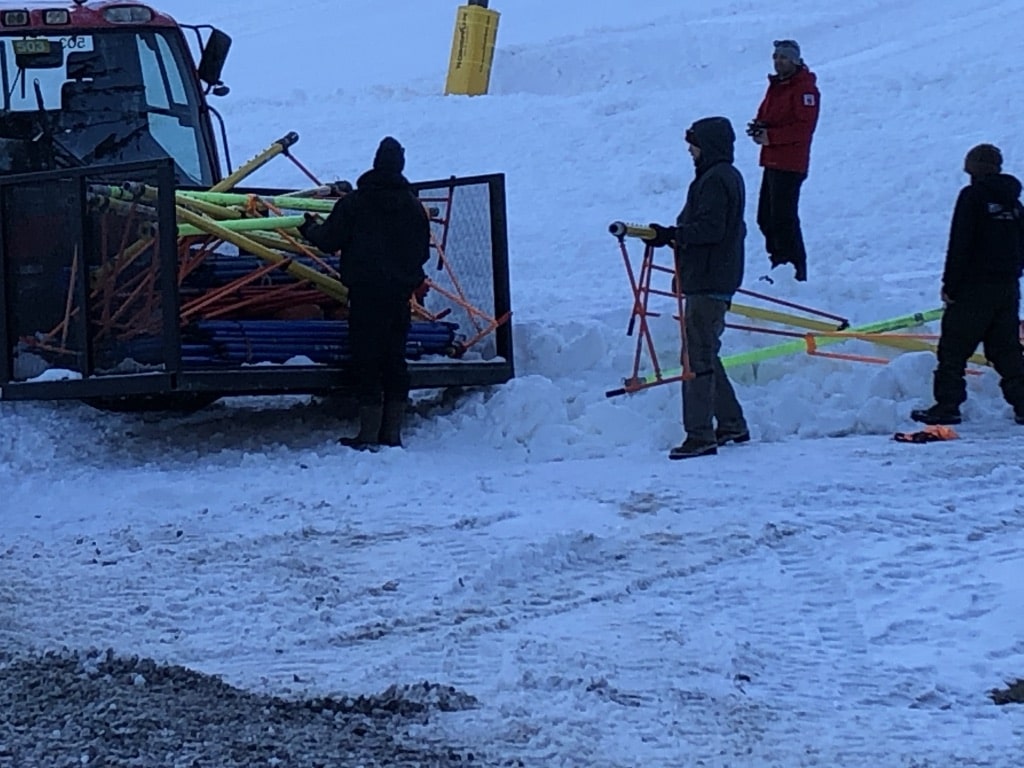
NorAm Racing
The NorAm Cup is the pinnacle for North American Racing. Knight wants the head-to-head racing to peak on the NorAm circuit stating: “It’s the one that we put our criteria behind, so we want all the athletes there We have many high-level American college and European athletes competing at this level to try to win one of those titles.” Athletes who win a NorAm title earn race starts on the World Cup. NorAm racing is a “springboard to the Europa and World Cup circuits,” says Knight.
Looking to the Future
Change is already happening. USSS announced that the traditional D Team and National Development Group have been replaced by a regionalized system aimed at developing high-performing athletes closer to home (Recommendation 5). This new model—the National Regional Development Program—anchors talent development within the country’s three regions: East, West, and Rocky/Central. Each will have a dedicated coaching staff, project-based training calendars, and the flexibility to invite promising athletes who have not met formal selection criteria.
To meet the goal of winning the Overall Nations Cup by 2035 and to implement the recommendations to get there, Knight says the U.S. Ski Team will “need buy-in from a wide swath of our community.” As ideas are considered, proposals will be drafted for submission to the appropriate USSS Committee for approval. The U.S. Team may have to contend with amending the plan if benchmarks go unmet or if the development pathways do not produce the number of racers necessary to win a Nations Overall Cup. For now, the Team has a specific set of recommendations and is making strategic changes to meet its goals.

